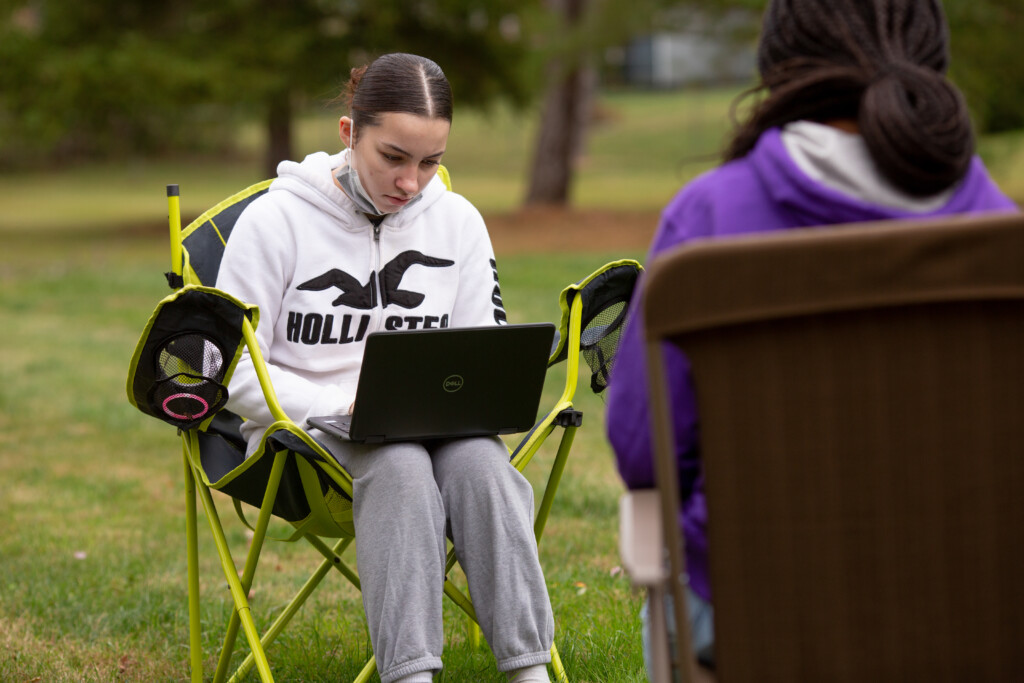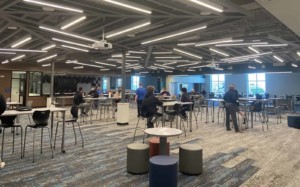Microschool in a Box: Programs Enabling the Microschool Movement
Key Points
-
Microschools are not new. In fact, they are as old as learning itself.
-
Funding and operations can be difficult within a microschool model. Programs and other organizations can support planning, design and implementation.

Small learning environments have always been the foundation of formal learning systems. Indigenous groups around the world, early one-room schoolhouses propped up by local communities, and eventually the modern home-school movement have all been demonstrations of effectiveness. While the microschool movement feels new in the media, its foundations are a tale as old as learning itself. One-room schoolhouses (such as Cooke City, MT), small private schools, home schools, or academies within public schools all existed before the microschool explosion. Driven by learners, families and teachers, these schools want to better serve the students in their communities with more personalized, more connected and more relevant experiences. With district mergers, rural egress, and legal hoops, these small schools became anomalies in a system dominated by large schools.
In 2020, however, the pandemic enabled families to see (and often engage in) their children’s school experience. This window into school made transparent the quality, types of learning and community that made up the lived experience of their children. For some, low satisfaction fueled renewed interest in microschooling led by parents, political support and philanthropic dollars.
The last two years of microschool growth (estimated enrollment by the National Microschooling Center at 1-2 million current students), heavily subsidized by the philanthropic sector, demonstrated that the demand exists. Alongside this resurgence, key questions arise: Are microschools sustainable? What outcomes should they measure (if any)? Are they compatible within the public sector? Can they scale?
Below, we briefly hit upon the first three questions and then dive into the question of scaling.
Sustainability
Most microschools operate in the private sector, sustained by public funds (via Education Savings Account structures) or private tuition. Both of these funding sources supply individual students with far less than can be found in the public sector, making the business models and staffing (1-2 educators and a handful of students without the support of larger operations systems) challenging over time. Organizations like Microschool Revolution (investment model) and Prenda (service and support model) have emerged to address this issue.
Outcomes
In the public sector, there is a heavy focus on narrow slices of accountability which challenges many families. Although microschools have far fewer accountability expectations outside of the public sector, they do have a responsibility to ensure that every child finds success. As a sector, we remain in the early stages of alternative, efficient, adaptive and flexible forms of measurement addressing both academic and whole child development.
Public Sector
With increasingly diminished enrollment in many districts (3% post-pandemic), the public sector needs to imagine the power of microschools within their existing communities. More specialized approaches, autonomy for teachers and small communities that benefit from larger districts will better serve all students. High school academy models such as CAPS and NAF have scaled around professional pathways to provide more opportunities for high school students.
Scale
Roughly 1-2 million students are enrolled in some form of a microschool, just 2% of all students enrolled in K-12 schools (estimates are difficult as many microschools are not required to report enrollment numbers). If demand is high for microschools – and demonstrated success continues, then scaling support is needed. ASU Prep in Phoenix, Arizona built a Microschool Entrepreneur Fellowship Program program to help facilitate this scaling. Based on the success of their microschool options — powered by ASU Prep Digital and partnered with ASU Prep school or ASU higher education campus — ASU Prep wants to support others in this journey.
The size of microschools may provide the sense that they are easy to start and run. Yet, anecdotes from the field indicate challenges with sustainability and operations. Partner organizations and programs, like ASU Prep’s Microschool in a Box fill a needed space in the ecosystem to help these programs thrive and scale.
The ASU Prep Microschool Entrepreneur Program provides training and support for microschools. The fellowship spans one year with coaching calls starting for those accepted as early as October. A 3-day in-person Fellowship gathering in February in Tempe, Arizona kicks off the formal programming which leads to an online community of practice designed to build community amongst fellows. They then round out the year with frequent resources and ongoing mentorship and support. The program will support the launch of several new microschools in the Fall of 2024 to serve diverse learners across the country leveraging the assets of ASU Prep. The fellowship covers a range of topics including:
- Policy and funding. Policy, rules and regulations, and funding models are the lifeblood of the microschool. Adhering to local and state regulations and securing appropriate funding is a key priority that ASU Prep will support.
- Operations. Hiring, space design, leadership training, and general operations (schedules, transportation, facilities, etc.) can be overwhelming for microschools with 1-2 teachers and no administrators. Using established templates and resources, ASU Prep guides the construction of the operations of the microschool.
- Pedagogy. While most microschools founders have some ideas of the approach for a school, ASU Prep’s robust resource base from a variety of approaches allows for more rapid development in this area. ASU Prep’s experience with professional learning and growth supports microschool leaders as they maintain relevance in the education landscape.
Funding is often a barrier for entrepreneur support programs like this but the Stand Together Trust has funded this program enabling up to 20 full grants for fellows. Similar programs from the Learning Innovation Fund at Getting Smart Collective and Community Partner Grant Program have also funded microschool models.
Microschools are meeting strong market demand for more personalized, more contextualized and more relevant learning for every student. Programs like ASU Prep’s Microschool in a Box make it possible for more learners to become future-ready with access to affordable, relational microschool learning.








0 Comments
Leave a Comment
Your email address will not be published. All fields are required.